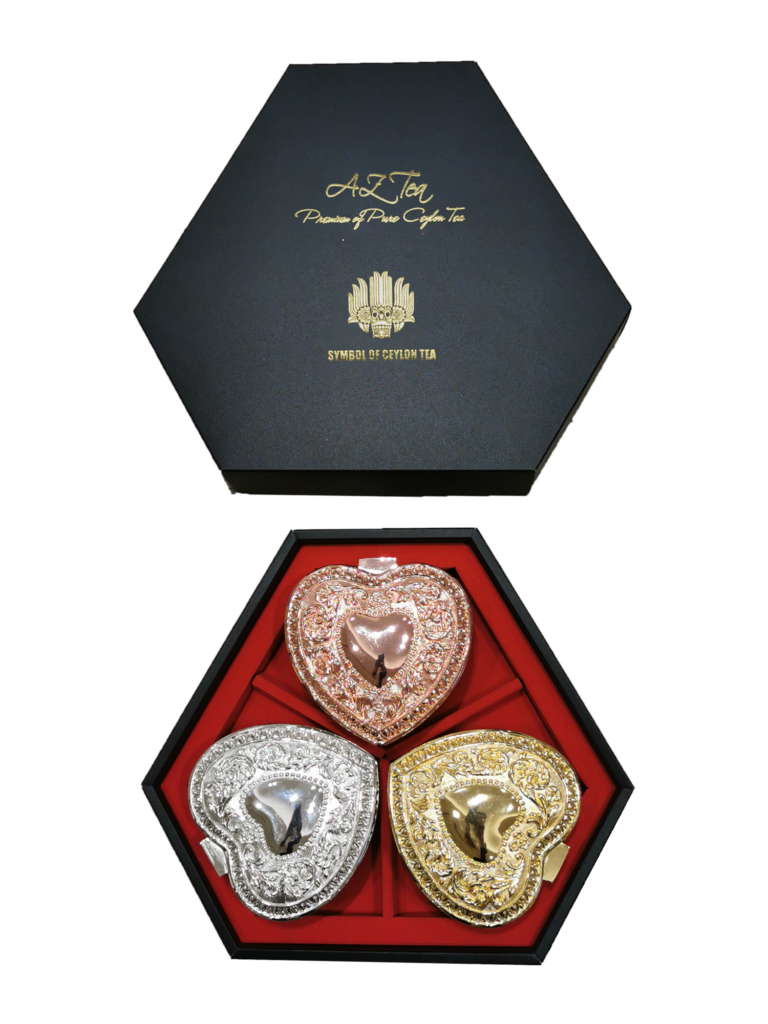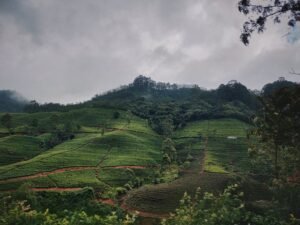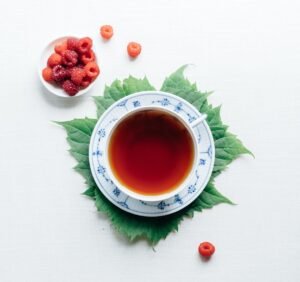 CategoriesCeylon Tea Facts and Knowledge
CategoriesCeylon Tea Facts and Knowledgeأساسيات شاي سيلان
أساسيات شاي سيلان
As a professional tea expert from Sri Lanka, the home of tea, I will provide basic information about Ceylon tea and answer your questions and unveil the mysteries of Ceylon tea.
The five major production areas of Ceylon tea and the basics of black tea!
The foundation of Ceylon black tea is one bud and two leaves, and the biggest leaf which has progressed through photosynthesis, is the base of the reddish-brown color that is produced during fermentation.
The leaves that have grown the most are classified as the basic leaf grade. Since the young leaves and sprouts do not undergo complete photosynthesis, they are rich in amino acids and play a vital role in adding the sweetness and mellow aroma to the black tea.
The taste of tea varies from a champagne-like light amber color with a rich aroma and sweetness, reminiscent of champagne, to a dark-colored, bitter tea similar to black vinegar. This diverse range of flavors is due to variations in processing times and the composition of different stages of leaves from young leaves and new buds to mature leaf.
In addition to sunlight, the elevation, rainfall, temperature variations, as well as the composition of the soil in the tea-producing regions play a crucial role in bringing unique characteristics to the tea. The secret behind the deliciousness of single-origin teas lies hidden in the soil. But when teas are blended to reduce the cost, their uniqueness and good flavors are lost. Teas from well-endowed estates in each region, where the conditions are ideal, are highly regarded and have limited production throughout the year. These teas are traded at high prices in Sri Lanka’s tea auctions. During the peak season, they can sometimes fetch unexpectedly high prices.
In orthodox tea production, the grading of tea is classified based on the shape of the tea leaves and which parts are included, such as the buds, young leaves, or mature leaves.

The higher the inclusion of rare and valuable young leaves and buds, the higher the grade of the tea. High-grade teas such as FBOPFExSp and FBOPFSp result in black teas with a champagne color, aromatic fragrance, and sweet taste.
Tea Regions

Kandy Tea
Intensely full bodied!
Kandy, the ancient city, was the location of the last kingdom in Ceylon (Sri Lanka) and also the place where tea was first planted. The black teas produced in these highland regions are grown in mountainous areas at elevations ranging from 2000 to 4000 feet (600 to 1200 meters), resulting in an intensely rich flavor. It is recommended for those who prefer a rich and moderately aromatic black tea. It is particularly suitable for making milk tea.
Nuwara Eliya Tea
Delicately fragrant!
Nuwara Eliya Tea is produced in the unique production methods of the Nuwara Eliya region. The tea is infused with the fragrance of cedar carried by the wind, wild mint's menthol, and the blessings of eucalyptus, giving it a distinct aroma. Among tea experts, it is known as Nuwara Eliya or "Champagne of Ceylon Tea," and tea grown in the mountains above 6,250 feet (1,900 meters) is highly appreciated. The blended tea offers a light-colored, mild, and aromatic cup to enjoy, while iced tea provides an exciting and different taste experience.
Dimbula Tea
Refreshingly Mellow!
After coffee cultivation suffered damage from mold in the 1870s, Dimbula was one of the first regions to transition to tea cultivation. It is perhaps the most famous name after Ceylon tea. Dimbula teas are grown at elevations ranging from 3,500 to 5,500 feet (1,100-1,700 meters) on the western side of the central mountain range. The monsoonal rains and dry cold climate give rise to a diverse range of teas, ranging from rich and robust flavors to delicate and light flavors.
Ruhuna Tea
Distinctively Unique!
The low-altitude soil in which it is cultivated enhances the distinctiveness of this tea. Located in the southern region of Sri Lanka, Ruhuna is known for producing exceptional tea, both in the past and present. The cultivation takes place at elevations ranging from sea level to 2000 feet (600 meters), and the composition of the soil imparts a dark hue to the leaves, resulting in a robust and uniquely flavored liquid when extracted. It is recommended for those who prefer rich and sweet tea, suitable for both plain consumption or as milk tea.
Uva Tea
Exotically Aromatic!
Uva tea is grown in the mountains on the eastern side of Sri Lanka's central highlands, at elevations ranging from 3,500 to 5,500 feet (1,100-1,700 meters). Uva tea possesses a truly splendid aroma. These teas are commonly used in various blends and their diverse and distinctive characteristics can be enjoyed on their own as well.
Main Tea Grades



















 Green tea and black tea come from the same tree. There are only two original trees in this world, one in Assam, India and the other in Fijian, China. They were transported by the Silk Road to various regions by Arab merchants and the British Empire during the Age of Discovery and are distributed over a wide area from Africa to Japan. The unfermented tea is classified as green tea, the semi-fermented as oolong tea and the fully issued as black tea. The quality of the soil in which the tea is grown, its weather, the difference in temperature, the amount of rainfall, the love of the farmer, and the differences in manufacturing methods all contribute to the variety of tea.
Green tea and black tea come from the same tree. There are only two original trees in this world, one in Assam, India and the other in Fijian, China. They were transported by the Silk Road to various regions by Arab merchants and the British Empire during the Age of Discovery and are distributed over a wide area from Africa to Japan. The unfermented tea is classified as green tea, the semi-fermented as oolong tea and the fully issued as black tea. The quality of the soil in which the tea is grown, its weather, the difference in temperature, the amount of rainfall, the love of the farmer, and the differences in manufacturing methods all contribute to the variety of tea.




























